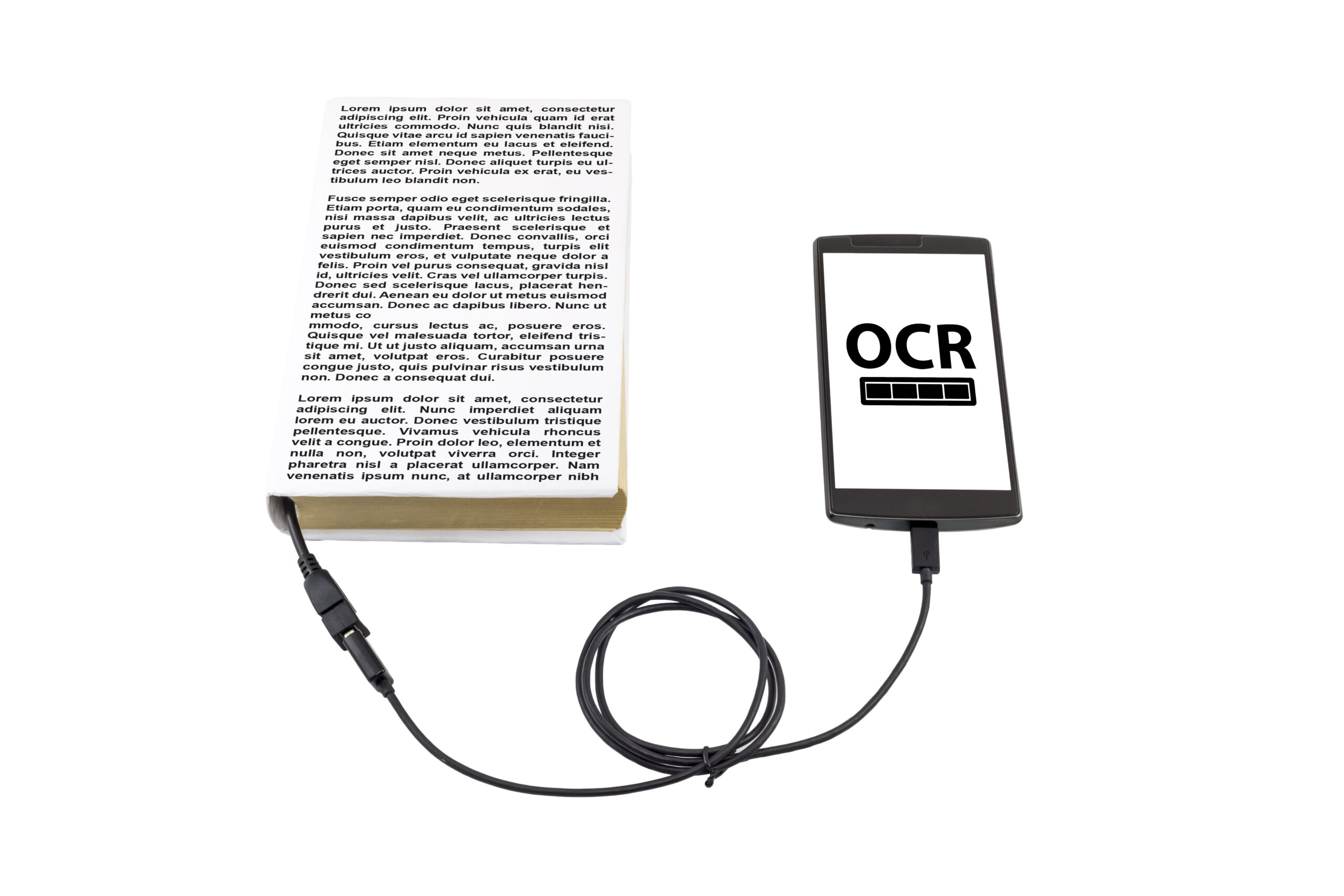
The shift from conventional working to digital services has given the world a new dimension. Now the business operations are faster and smoother. Like, if someone wants to find the meaning of a word, he can search it online rather than in a dictionary. It will save their time as well as give them a mind relaxation because now he won’t have to worry about searching for the meaning of words.
OCR Technology – Making Data Processing Easier
Along with other technologies, Optical Character Recognition OCR Technology is helping businesses in digital transformation. It is the technology that converts paper documents, scanned images, and handwritten notes into computer editable forms. It is also known as data extraction technology. OCR technology is an alternative to manual computer typing.
The machine-readable form converted by the OCR system is very helpful for data analysis, data manipulation, and data processing. The hard data can’t be processed because the computer algorithms won’t work on it. For example, you are reading a book, if you want to point out the occurrence of some specific word, you can’t do it. If you want to, you have to read every page and count that word occurrence. But if the data is in a PDF file, you can easily do it by pressing ctrl+F or cmd+F. These keys will give you an exact number of how many times a word, character, or phrase appears in a document.
Let’s have another example, where a bank asked for a personal statement of 500 words from its customers. If the mode is handwritten, how would it check the word count of all customers? But if they use OCR technology on it and digitizes all those papers. It just has to apply a query to find out the word count of all customers along with their names. OCR screens the papers and then puts the extracted data on the computer, making search and editing easier.
Data extraction was a crucial problem for businesses because other technologies were not that effective, and their accuracy was unsatisfactory. Businesses had to put an extra effort into correcting those mistakes.
The working of OCR is simple, for example, a bank statement can easily be converted into computer-editable form by taking an image of it. Not only bank statements but all other documents can be digitized using OCR services. There is no constraint of the language of paper type in OCR screening. Initially, OCR was designed for grayscale papers(white background and black font). But with the updated software and incorporation of AI (Artificial Intelligence) and NLP (Natural Language Processing), the accuracy enhances greatly.
1. Structured and Unstructured Data
OCR can work efficiently on structured, semi-structured, and unstructured data, giving the best results on all types of data. International businesses have to deal with customers from all continents. They can use the data in multiple languages. It might be possible that one document can have more than one language. For example, the customers’ data where customers write their name has written it in French and the other in Spanish. OCR solution can easily transform that document into a computerized form.
2. Handwritten Documents
Some businesses want a written statement from customers to open their accounts. Sometimes the handwriting is so cursive and very difficult to understand. A normal human being will take much time to interpret that, but with the help of OCR, the data can be converted into digital form in seconds.
3. Error-free Results
Manual data typing has many errors and raises difficulty for the reader. It takes additional business resources to correct that. There is a one in a million chance of spelling or data mistakes while screening it through optical character recognition OCR.
4. Fast Data Digitization
Other means of data entry are very time taking and do not comply with the modern speedy demands. Customers want speed, they won’t wait for a delay in service delivery. If the business takes more time to process their account opening request, they might shift to a competitor.
5. Resource Optimization
Data entry operators take many financial resources from the business in the form of salaries. OCR can also lower the operational cost of data tying and subsequently data processing and analysis.





